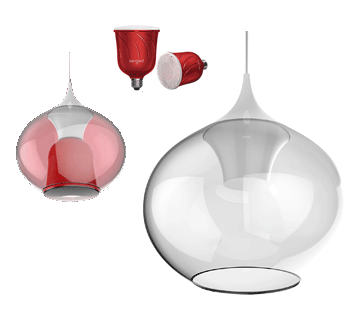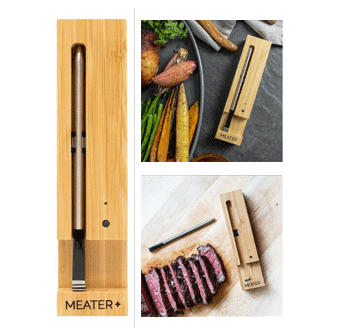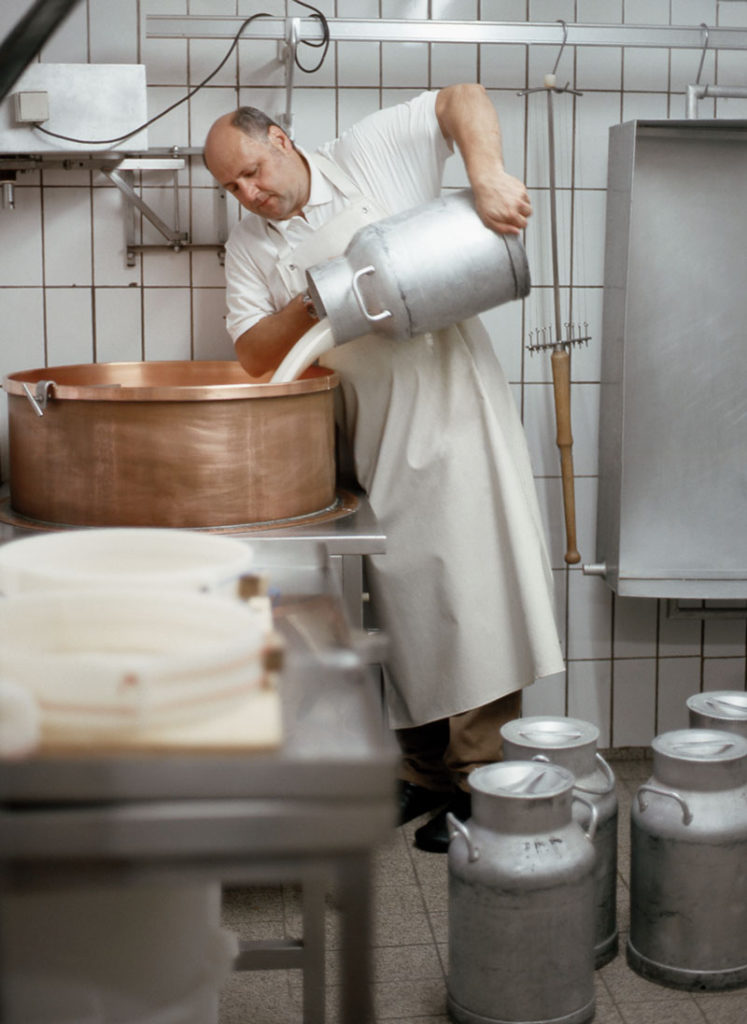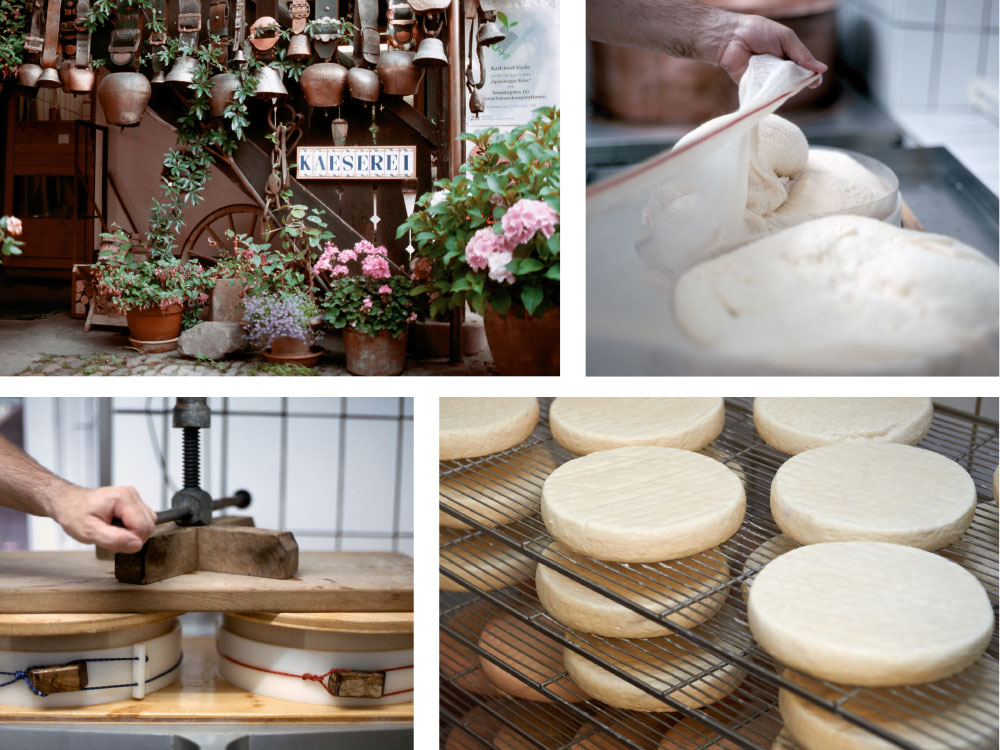Between hills, summits and Alpine pastures, Bregenz Forest lies in western Austria – a region famous for traditional cheesemaking.
“Eassand Käs und nüd das tüür Brod!” – eat cheese and not the expensive bread, goes the saying in Vorarlberg vernacular. In a region where Alpine cheese has been considered a staple for centuries and is still elaborately made by hand today, this is little wonder. Cheese Road in Bregenz Forest was established here in 1998 as a collaboration between farms, Alpine dairies, inns and hotels with the aim of preserving and promoting the traditional Bregenz Forest cheese culture.
The secret recipe for good milk
There are over 50 different types of cheese in Bregenz Forest. What’s special about the cheese here is the “silage-free” production: the cows are only fed fresh grass, hay and grain.
Only two percent of all milk farmers in Europe produce silage-free and Bregenz Forest is the largest associated region in the EU where cows can graze in lush green pastures to their hearts’ content. The animals in Bregenz Forest enjoy a centuries-old kind of agriculture called transhumance. Here, the dairy cows graze at middle elevations in spring and fall, in high mountain pastures in the summer, and in winter they are fed hay from the valley pastures.
Tradition meets innovation
“Wild herbs that grow in the Alpine pastures are the secret ingredient of our cheese,” reveals Antonie Metzler, host at the Romantik Hotel “Das Schiff” in Hittisau, one of the 24 communities on the Cheese Road. “Traditionally, mostly Alpine cheese at different maturity levels was produced along the Cheese Road,” the cheese expert explains. “But, nowadays, our creameries are highly innovative and create diverse variations.”
At the dairies’ sales counters, one finds semi-hard cheeses like red wine, beer or hay cheese, soft cheeses like Münster or Camembert, and milk cheese from cow or goat milk. “Each inn, hotel and restaurant interprets the subject of cheese in its own way,” says Antonie Metzler. That cheese is omnipresent here is something guests notice in the morning in the breakfast room at the latest. “Just at the breakfast buffet alone we have nearly 20 cheese varieties from the region and cheese is always an element at our restaurants as well – from cheese soup to curd cheese dumplings, leaf lettuce with goat cheese, Alpine cheese tartlets to goat cheese ravioli.”
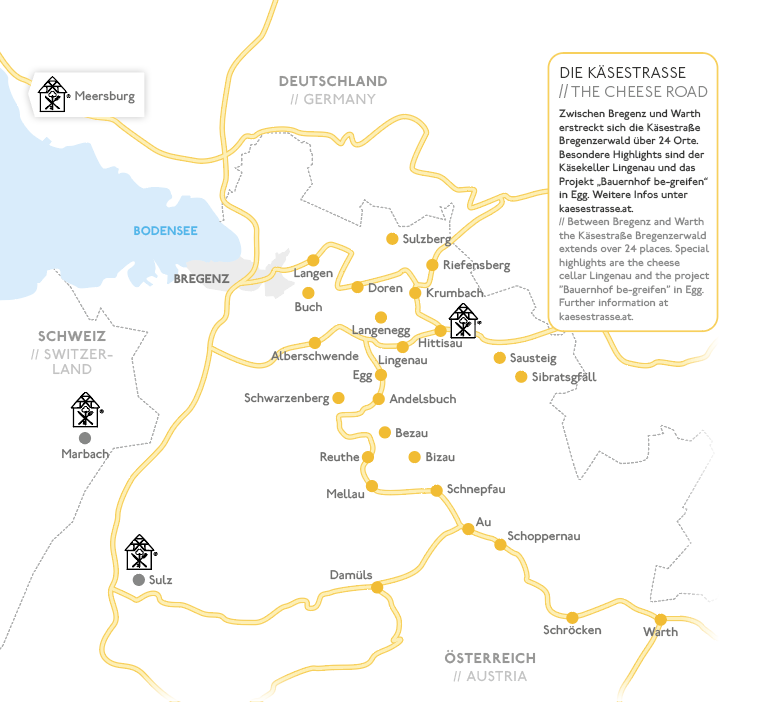
At Europe’s cheese hub
Those who’d like to sample traditional Bregenz Forest cheese should visit the Metzler family. “We have a cheese cellar at our hotel where we offer cheese tastings or cook menus with cheese.” In neighboring Lingenau there is another renowned cheese cellar. It’s the largest center for aging and storing mountain and Alpine cheese in all of Europe – a must-see for cheese fans. Visitors not only get to take a look at the maturing cheese but learn all about the origins and history of the Cheese Road. Naturally, they also get to sample regional products. Those not content with just observing and sampling can train to become cheesemakers themselves on the Cheese Road. At his farm in Egg, where visitors can dine and children can experience nature up close, Ingo Metzler and his team offer courses in which guests can learn to make their own fresh cheese. The advantage of fresh cheese is that it doesn’t need to mature first in the cellar before it can be eaten.
 Photo: Lukas Kirchgasser
Photo: Lukas KirchgasserSay “Cheese!”
How much can a cheese cost?
At 1,000 euros per kilo, Serbia’s Pule is the most expensive cheese in the world. It is produced with milk from the highly endangered Balkan donkey and is very rare. English White Stilton Gold sells for 700 euros and Swedish moose cheese for around 500 euros per kilo.
World cheese champions
Every year, the World Cheese Awards recognize the best cheese in the world. In 2019, a U.S. cheese won for the first time – Rogue River Blue, a blue cheese from a creamery in Central Point, Oregon.
Are cheese rinds edible?
Naturally ripened rinds, such as on Roquefort, are perfectly fine to eat. It’s best not to eat rinds on hard or semi-hard cheese because they are often treated with the antibiotic natamycin. With organic cheese this is forbidden so its rind is fine to eat.

More about the Hotels:
Romantik Hotel Das Schiff, Hittisau (AT)
Romantik Restaurant Altes Gericht, Sulz (AT)


